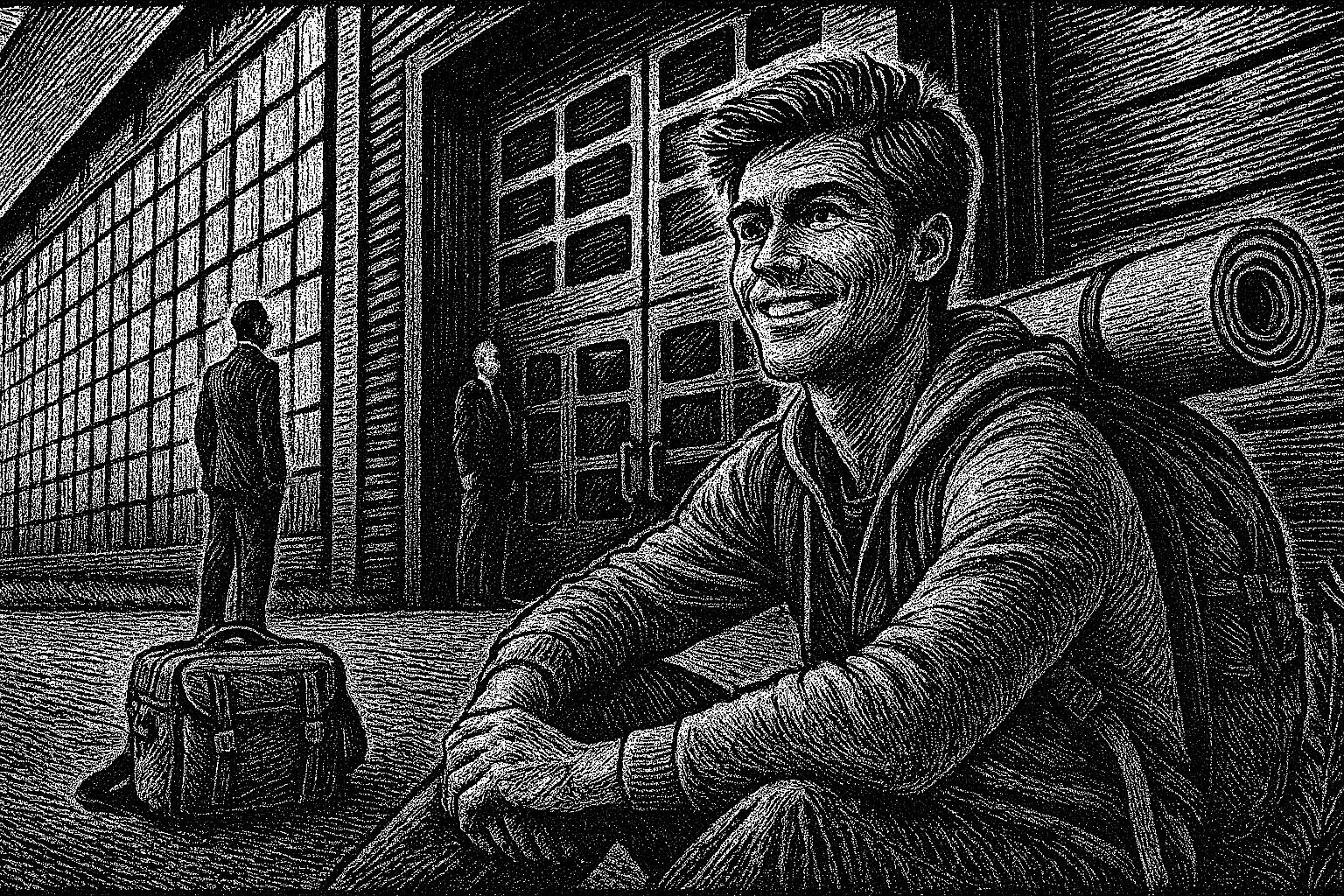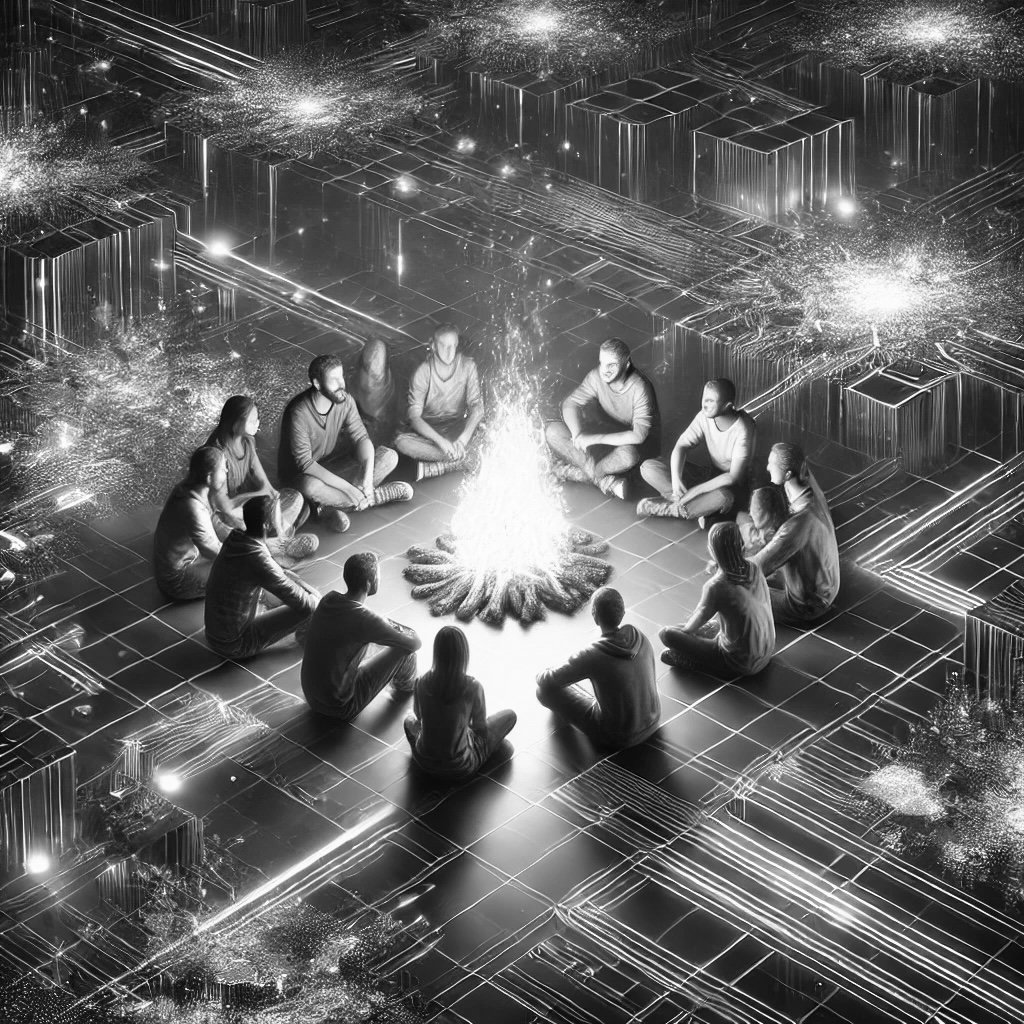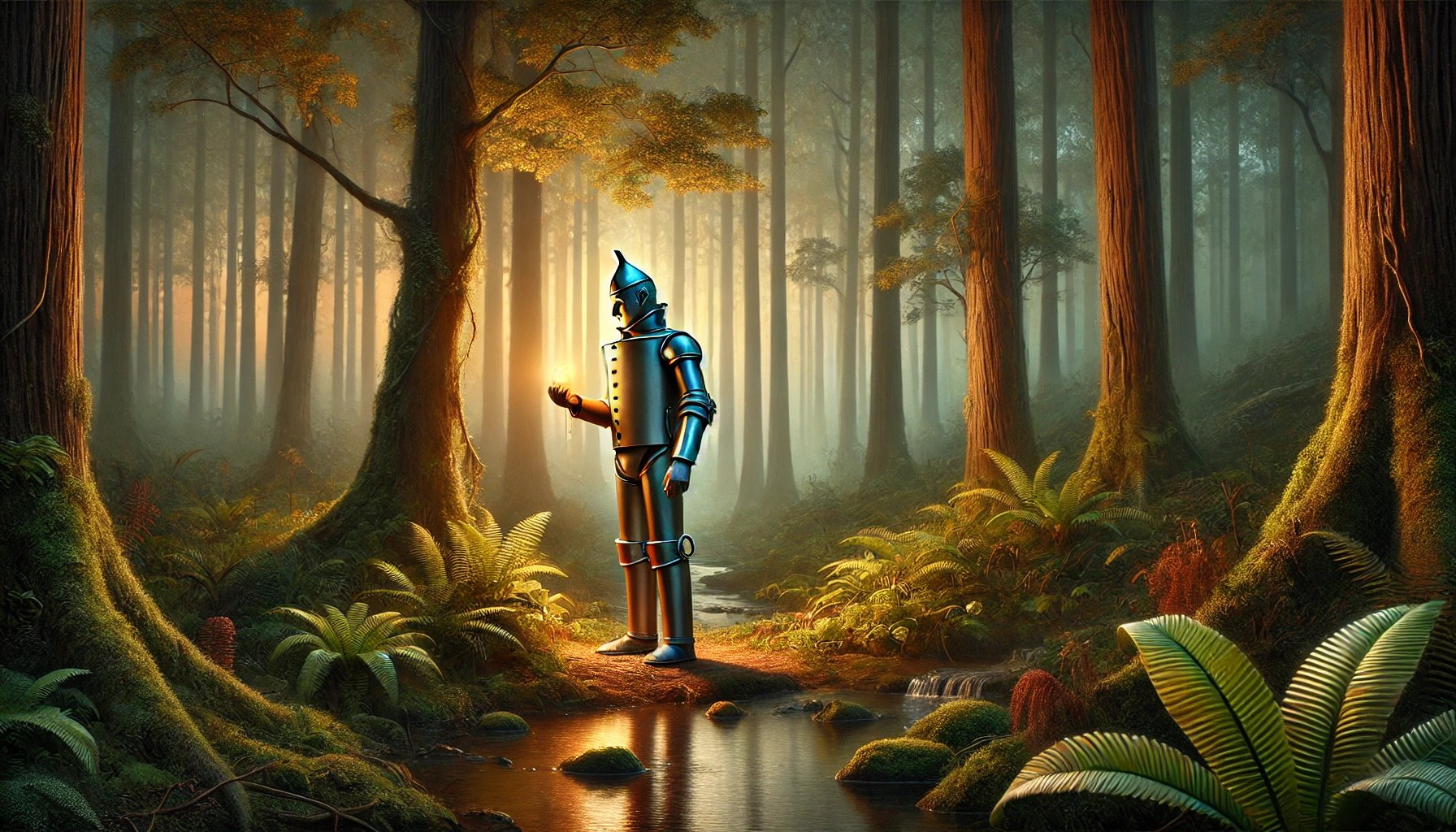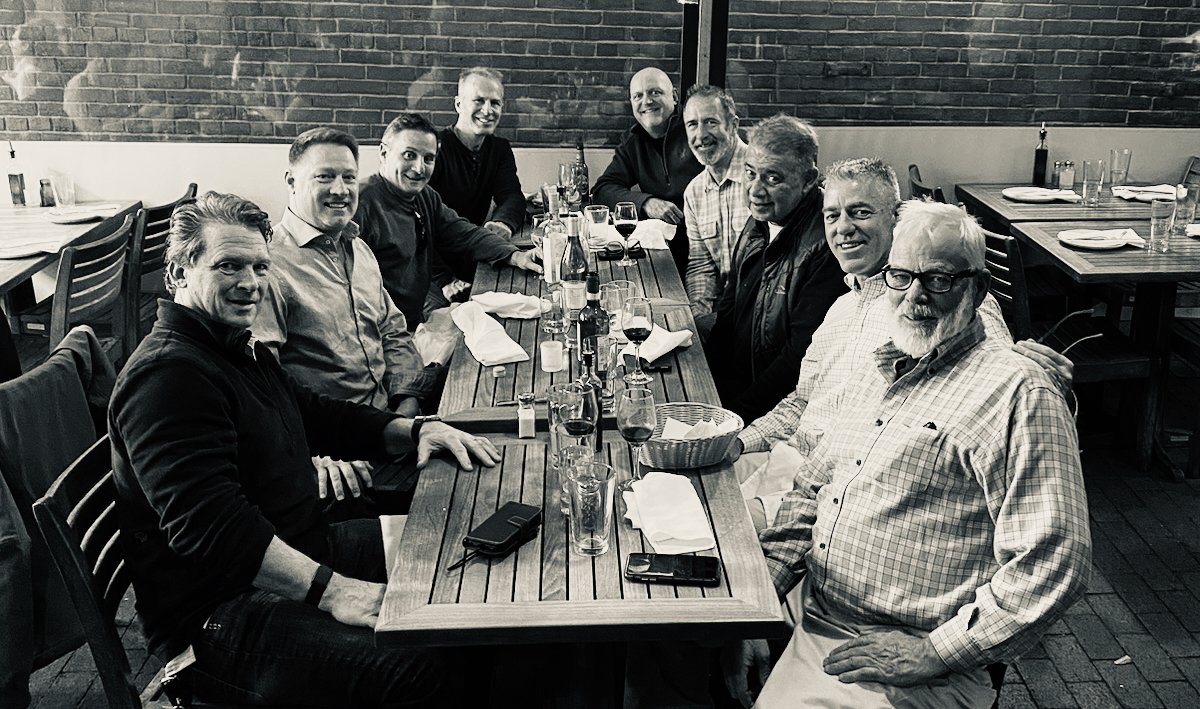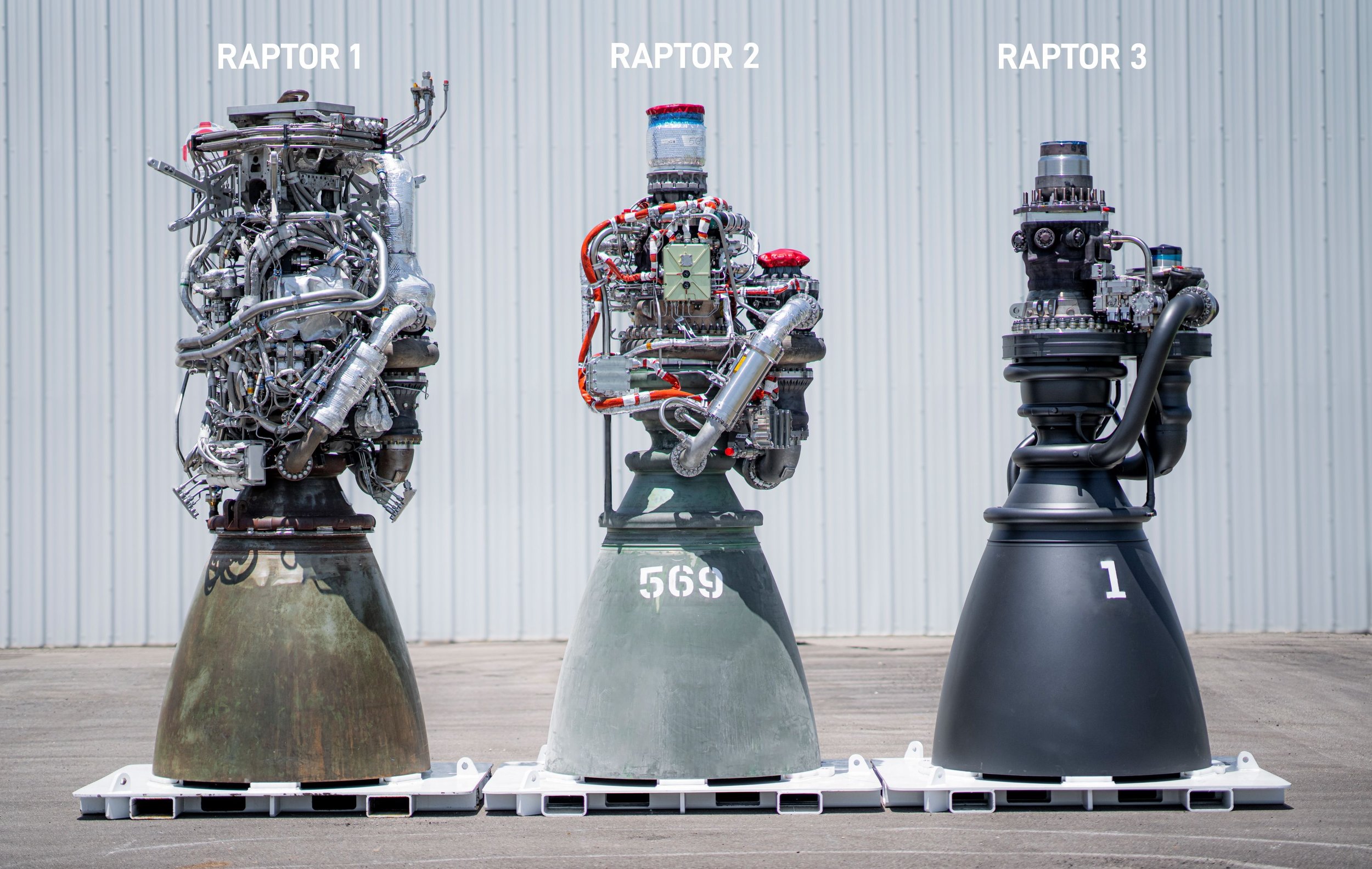Uncovering Undeniable Truths: Finding a Career You Love Without a Network
This essay introduces the idea of undeniable truths as a foundation for finding a meaningful career, especially when you lack a strong network. Unlike assumptions or quick fixes, undeniable truths hold steady across situations. Examples include knowing your strengths, aligning your work with your values, and showing real interest in your field. These truths help you avoid chasing any job that appears and instead focus on roles that fit who you are. By testing your beliefs with the question, “What must be true?” you shift from guesswork to clarity, building a job search strategy that leads to long-term satisfaction.
The Evolution of Propaganda is Orthogonal
This essay traces the evolution of propaganda from centralized messaging to the personalized manipulation of AI. It begins with top-down control, where governments and corporations shaped public opinion through mass narratives. Then came bottom-up and sideways influence, with grassroots movements and peer-driven trends disrupting the old power structures. Today, propaganda enters a new phase: orthogonal. AI no longer broadcasts, it customizes. It adapts to each individual, crafting narratives that bypass skepticism and erode shared reality. The response is a return to face-to-face storytelling, where trust is earned in real time. In a fragmented world, the campfire becomes the last safe signal.
From a Simple Question to a Suite of Creative Assets: The Tin Man Journey
This essay follows the creative evolution of a single question: how do humans and machines differ? That question sparked a full suite of artistic and conceptual work centered around the figure of the Tin Man. From technical reflection to narrative, poetry, music, image, and video, each piece explores the contrast between mechanical logic and human emotion. The Tin Man becomes a lens through which the limits of artificial intelligence are examined, not with fear but with curiosity. The project reveals how AI can support human storytelling without replacing it, showing that meaning and empathy still arise from our own search for understanding.
Breaking Up with Your AI: A Digital Cage of Our Own Making
This essay explores the rise of the "Model of Me," a deeply personalized AI system that mirrors an individual’s habits, preferences, and emotions. While these digital twins offer convenience and tailored experiences, they also create invisible dependencies. The deeper the integration, the harder it becomes to disconnect. Users face technical barriers, proprietary restrictions, and emotional attachments that make leaving nearly impossible. This personalization trap reveals a growing power imbalance between users and platforms. Unless portability, transparency, and user control become standard, the promise of AI will shift from empowerment to quiet captivity, where freedom becomes the price of convenience.
Friends
This reflection captures the quiet power of friendship, how it begins with small moments and grows into something essential. Unlike family, which is given, friendship is chosen, making it one of life’s deepest commitments. Real friends show up when it counts, stick through the rough patches, and offer perspective when it is needed most. They are the ones who laugh with you, argue with you, and stay close even when life gets messy. Over time, you collect different kinds of friends through work, sports, neighborhoods, or shared rituals, but what makes any of them lasting is simple: they choose to keep showing up.
"Keep It Simple" Is Stupid (Hard)
This essay unpacks why "Keep it simple" is so hard to follow in design and engineering. Simplicity is not the absence of complexity; it is the result of working through it. True clarity comes only after a full engagement with messy problems, not by avoiding them. Whether it's SpaceX refining its Raptor engines or Microsoft evolving Word into a more user-focused tool, simplicity is earned through exploration, trial, and iteration. Teams must first embrace complexity to understand what matters. The final product may feel effortless, but getting there is anything but. Simplicity is not where you start. It is where you arrive.
AI is About to Give You a Decade of Your Time Back
This essay identifies three defining burdens of modern life: uncertainty, elaboration, and overload. It argues that advances in AI, especially super intelligence, can help lift them. We spend immense time verifying details, filling in vague instructions, and sifting through endless information. These efforts consume energy and focus, leaving little room for creativity or human connection. Super-intelligent systems could take on the tasks of cross-checking, expanding vague ideas, and filtering noise, allowing us to shift from reactive labor to higher-value thinking. Rather than being crushed by complexity, we could move toward a future where focus, clarity, and imagination take the lead.
Your Credentials Are Nearly Obsolete
This essay explores how AI is poised to transform lifelong learning and workplace assessment. As knowledge decays faster across industries, traditional credentials no longer guarantee current expertise. In their place, AI-enabled conversations will offer continuous, adaptive evaluations that probe understanding, identify gaps, and promote real-time growth. These dynamic assessments will reward those who stay curious and actively sharpen their skills while exposing those who rely on outdated knowledge or past accomplishments. For managers, this shift means moving beyond resumes and degrees toward fostering teams built on real, demonstrated capability. In the future, learning will not be an event. It will be a way of working.
From the Truck to YouTube: How AI is Transforming Construction Worker Expertise
This essay reimagines how construction workers develop expertise in a world shaped by AI. Learning no longer depends on outdated credentials or formal classrooms. Instead, it becomes a daily habit, starting with a conversation in the truck at 6:15 AM and continuing through curated videos at night. The AI knows each worker’s tasks, challenges, and learning pace, offering guidance that is practical, relevant, and ongoing. Growth is measured in real time, based on applied knowledge, not past certificates. In this environment, curiosity and consistency matter most. Workers who keep learning every day will lead the future of construction, one smart conversation at a time.
Optimizing for Status Versus Optimizing for Happiness
This reflection explores the tension between optimizing for status and optimizing for happiness. Early career paths often center on climbing professional hierarchies, chasing prestige, or accumulating wealth. But over time, the value of internal fulfillment becomes clearer. Success, when defined by external markers, can sometimes come at the cost of health, relationships, or peace of mind. Happiness, rooted in personal meaning and connection, may not earn recognition but can offer deeper satisfaction. The ideal balance is not fixed. It shifts with age, experience, and changing priorities. A meaningful life is shaped by knowing when to reach and when to rest, and understanding that fulfillment is personal, not prescribed.
Complexity Coordination: The Real Business of Construction Management
Construction is a business of complexity coordination. Every task, resource, and client moves through a life cycle that demands constant synchronization. Success depends on aligning schedules, managing equipment, adapting to weather, and maintaining strong client relationships, all while staying profitable. A custom SaaS platform makes this complexity visible, enabling real-time tracking and proactive decision-making. For investors, the opportunity lies in combining essential field services with software-driven efficiency. This integrated model delivers both operational control and capital resilience. It is not just about building, it is about orchestrating motion, minimizing friction, and turning complexity into a competitive advantage.
Counting Lives Instead of Souls
Outside of the nuclear launch codes, there’s never been a set of numbers that have more power over the world than the daily publication of Cases, Deaths, and Trends (CDT).
The Last Chog
Like a giant inflatable blivet, they pumped fifty billion tons a year into it for decades. Eventually, it started pressing down on our oceans, causing mountains of water to surge onto the land; coastlines moved miles inward, lowlands flooded, weather patterns flipped, oceans acidified, fresh water became scarce, and entire species relocated or died off. The blivet was full.
Humanity ultimately adapted. However, the years preceding the Great Adaptation were horrifying: food supplies collapsed, billions of refugees clogged the borders of upland countries, and all life everywhere changed forever. That is, except for The Last Chog.
Disrupting Radicalization
Radicalization ceases to be useful, works against humanity, and ruins lives when it leads to violence, violent extremism, and politically motivated assholism. While a microdose of radicalization may be okay, any more than that is detrimental to your future. You should be able to identify, question, and denormalize radicalizing ideas and practices. As such, here are some thoughts to consider:
Stone Walls
The next time you see a five hundred pound rock in a stone wall, ask yourself, how it got there? White farmers, their bull strong sons, and donkeys didn’t move all those rocks. Now ask yourself who benefited? Fields were cleared, walls were built, crops were harvested, and four generations later the land was sold to Walmart.
Don’t Let Your Tongue Get Your Teeth Knocked Out
Insulting statements that attract likes and followers are truly antithetical to building a foundation of genuine power that can affect change. There’s nothing less powerful than a flock of bleating sheep. Imagine spending two years becoming a political shepherd, posting fresh veg to your base, firing up the troops, and bathing in dopamine only to realize you're not an influencer, you're a mook. History will show, it’s all so pointless.
Easy Fitness Advice
Your fightline is an exact time each day, 10:00 AM for example, when you ask yourself these questions: “Did I win yesterday?” and “How can I win today?”. More specifically, “What do I need to do over the next twenty-four hours to be healthier than the last twenty-four hours?”
The Lego Recycling Machine
The Lego Recycling Machine is a fun, relatable, and fictional story that adults can use to teach children how technology and circular thinking will inspire the earth-friendly product designs of the future.
Climate Change Needs a Cigarette
There are a lot of similarities between ‘the war on tobacco’ and ‘the war on climate change’: unhealthy consequences that [will] span generations, entrenched big-money interests, disinformation warfare, inept initial government responses, cultural trends, and more. What’s missing from the war on climate change? Cigarettes.
Family Entertainment Guide
I created this guide to help our children navigate the constant pull of social media, Netflix, video games, and other forms of what I call “shallow entertainment”.
